5 InkTIPS for Writing Low-Budget Scripts
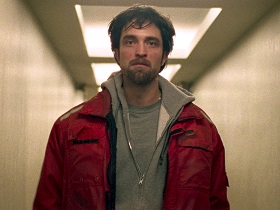
One way to help increase the odds of your script not only being optioned, but produced, is if it is written for a low-budget. Producers don’t just option scripts to stockpile them like a baseball card collection. They are looking for projects they’re passionate enough about that they want to make it. They look for material that excites them because they’ll be dedicating multiple years of their time to producing it. That is why some producers tend to lean towards scripts with qualities that make it easier to do so.
With that in mind, here are five tips for writing a low-budget script:
1. Limit Your Locations
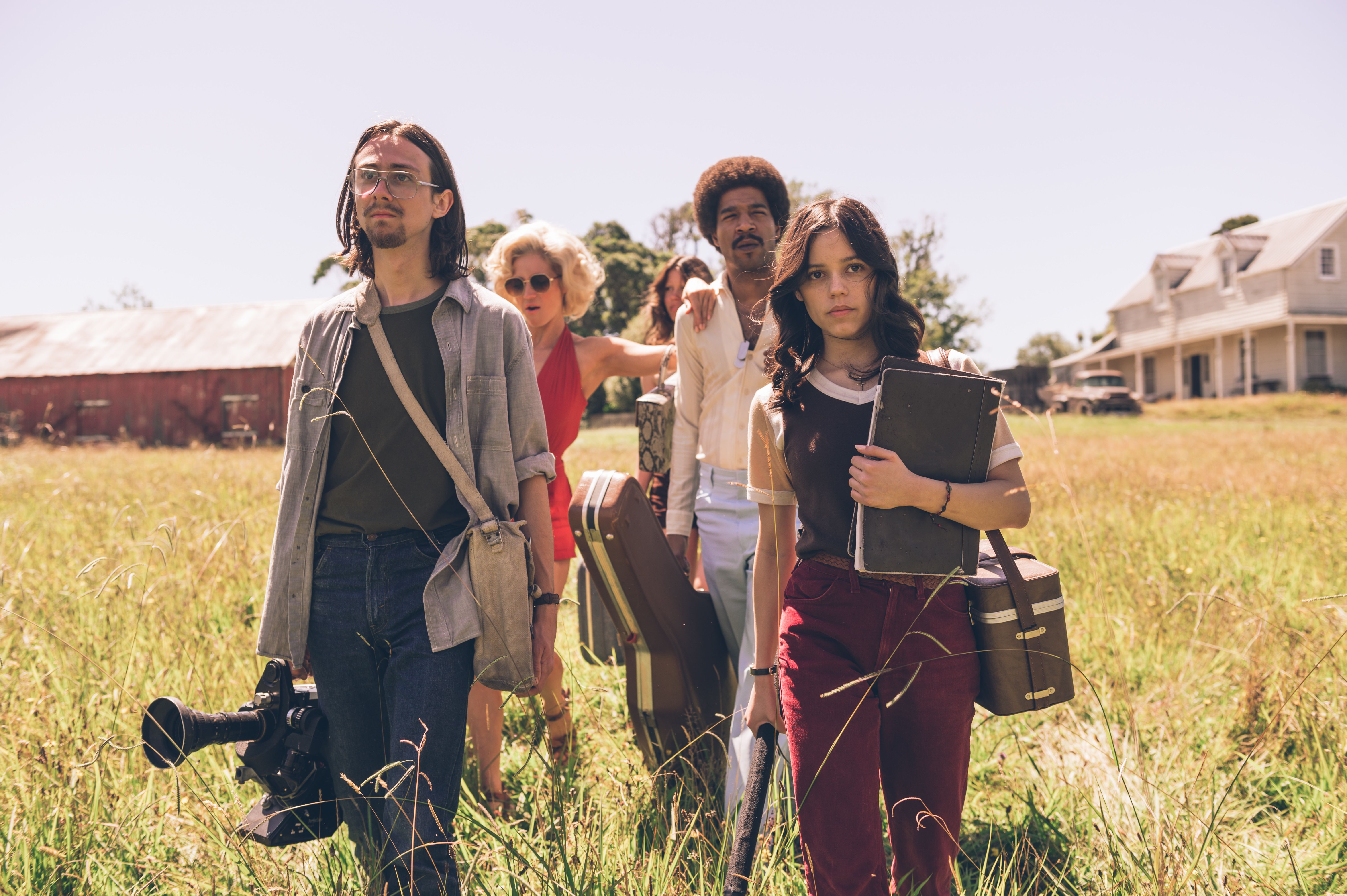 X, dir. Ti West (2022)
X, dir. Ti West (2022)
Keep your story contained to only a handful of locations. The fewer locations you have, the better. Having a lot of locations means more time needs to be put into location scouting, lighting setups, travel arrangements, etc. As we all know, time is money. Limiting your locations minimizes the amount of work for a whole production, allowing more time and money to be focused elsewhere, all the while making a producer’s life less stressful as they don’t have to worry about locking down dozens of locations.
Take for instance a film like Ti West’s recent hit X. The vast majority of the film takes place on a farm. This isn’t just a nod to 70s slasher flicks; this is an attempt to keep costs down and move the shoot along swiftly so West would be able to shoot the follow-up prequel film Pearl right after. In doing so, he was able to have both films released in the same year.
2. Choose Attainable Locations
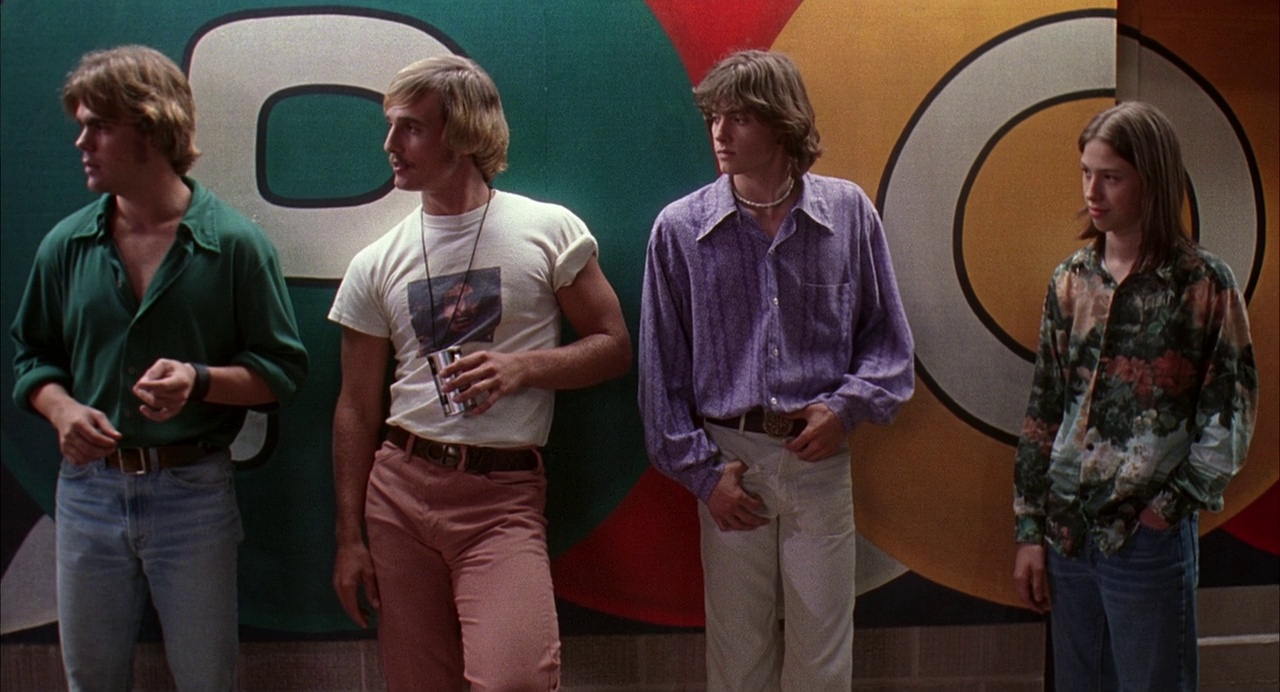 Dazed and Confused, dir. Richard Linklater (1993)
Dazed and Confused, dir. Richard Linklater (1993)
Piggybacking off of the previous point, it’s not only important to limit your locations but to make sure that they are easily accessible. This means avoiding exotic or super specific locations. If you do have exotic or specific locations, ask yourself if it’s absolutely necessary to your story. If it isn’t, then change it to a vague location. For example, if your script doesn’t need to be specifically set in the Bellagio, set it in just a “casino.”
Richard Linklater’s breakout hit Dazed and Confused utilized basic locations like a high school, a bar, a field, etc. In doing so, he was able to shoot the entire film in his hometown of Austin, Texas. As one would imagine, growing up in the area made finding locations that much easier.
3. Limit Your Characters
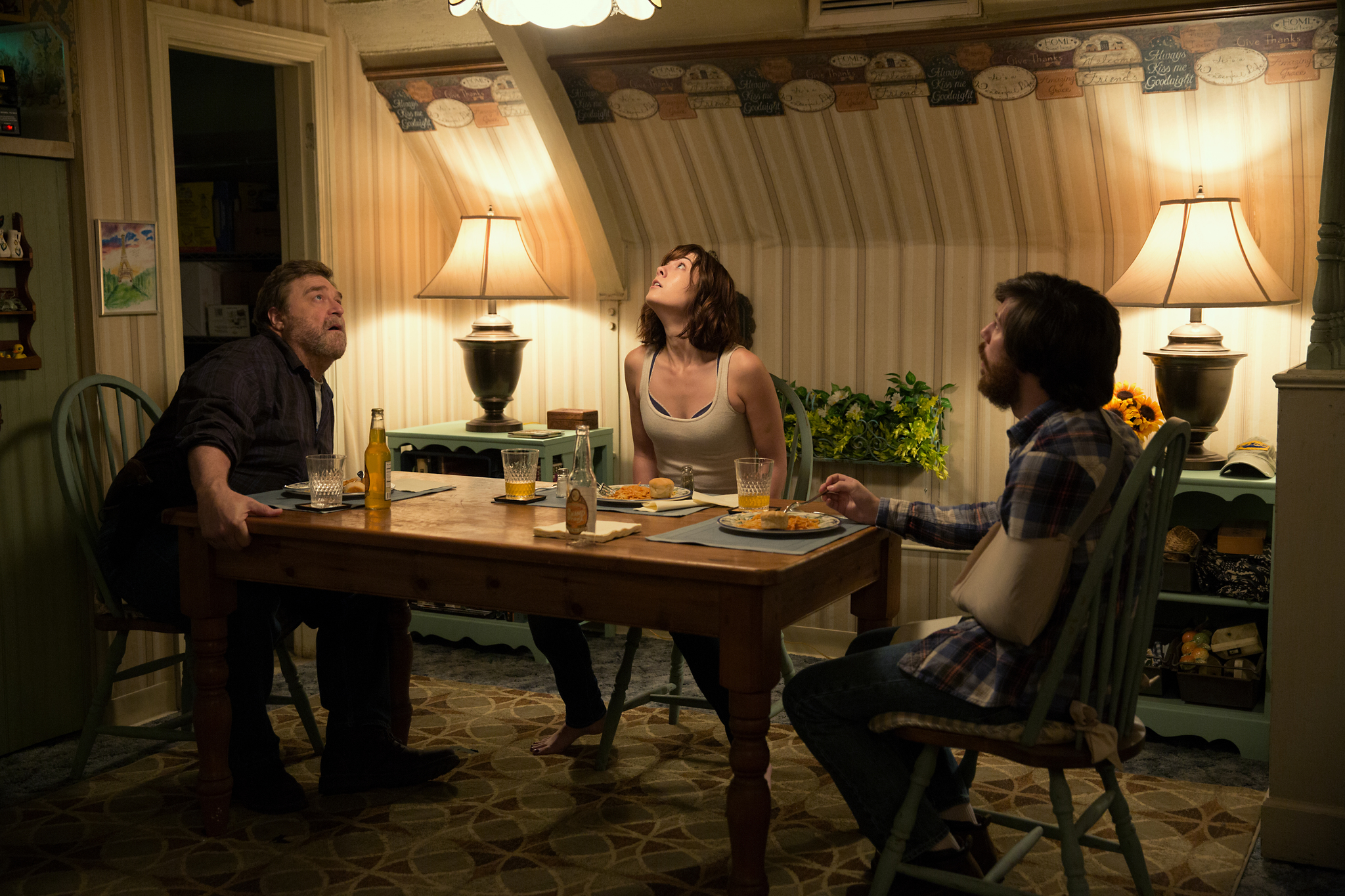 10 Cloverfield Lane, dir. Dan Trachtenberg (2016)
10 Cloverfield Lane, dir. Dan Trachtenberg (2016)
This one may seem obvious, but it’s still important to mention. This doesn’t just mean limiting your main characters, but ALL of the characters. This goes beyond characters with speaking roles. Are both of your main characters at a bar? The bartender and bar patrons are all people in the scene. Are your characters walking down a busy street? You’ll need enough extras to fill the streets, and in many cases the cars, to make the world believable to the viewer. Keep your characters to a minimum and away from places that require a lot of extras.
As any screenwriter knows, maintaining an engaging story with minimal characters for the length of a feature is no small feat. You can easily fall into having your characters talk in circles without any forward momentum. A film that avoids this pitfall is Dan Trachtenberg’s 10 Cloverfield Lane. Most of the film takes place in a bunker with 3 characters, but the script does a great job with the pacing. It slowly reveals each character’s motivations while naturally ratcheting up the stakes so the audience is constantly being fed new information.
4. Use Minimal VFX
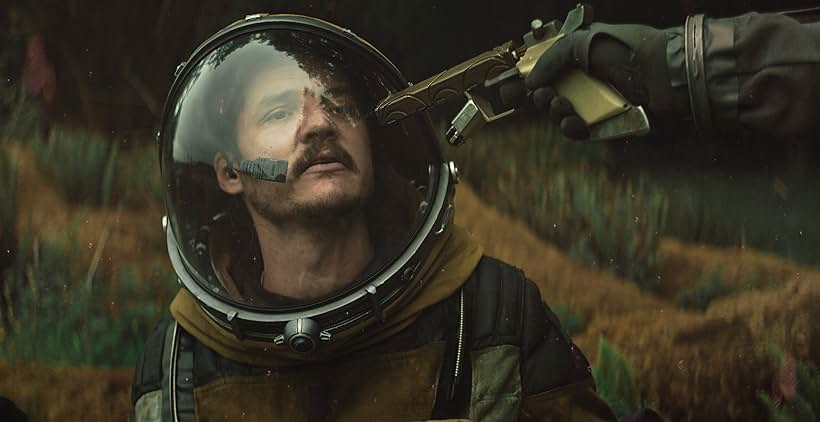 Prospect, dir. Zeek Earl & Chris Caldwell (2018)
Prospect, dir. Zeek Earl & Chris Caldwell (2018)
This one may be catered more towards certain genres (sci-fi, horror, action), but it’s something that you should keep in mind nonetheless. You could have a brilliant story with just 3 characters and set in a single location, but the amount of visual effects needed could deter interested producers. Does your script have ghosts, robots, or a big shootout? Those require VFX. If you’ve ever sat through the credits of a Marvel film to catch a post-credits scene then you’ve probably noticed how many people are needed for VFX. Make sure you’re aware of how much VFX your script would require, and whether each element that does require it is absolutely necessary.
Zeek Earl & Chris Caldwell’s debut feature Prospect is an ambitious sci-fi film that cost less than $4 million to make. The duo used handmade costumes and props, with a little VFX used mostly as set dressing here and there, to maintain the illusion of being on a distant moon rather than in a forest near Washington’s Olympic National Park. While CGI would’ve been a nice luxury, they made sure the script they wrote was filmable with the budget and capabilities they had at their disposal, and it didn’t suffer one bit.
5. Be Wary of the Period Piece
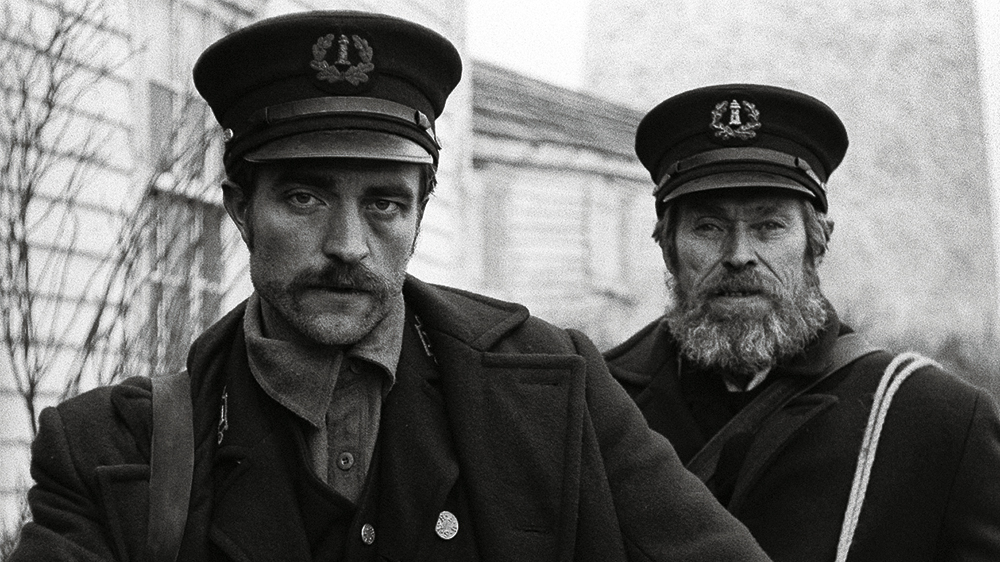 The Lighthouse, dir. Robert Eggers (2019)
The Lighthouse, dir. Robert Eggers (2019)
To be clear, this is not an indictment against period pieces. If you want to write a kick-ass period piece, then by all means do it! But in regards to keeping your script low-budget, period pieces make that very difficult. If you write a script that takes place in the 1940s, then that means every piece of clothing, every car, every business, etc. all have to be from the 1940s. Also that means hair stylists, costume stylists, and set designers need more hours every day to do their job which only extends the shooting schedule. Scripts that take place in the Victorian era have notoriously high costume budgets. The same rules apply to your script if you utilize any flashbacks that aren’t contemporary.
Stanley Kubrick’s Barry Lyndon is a period drama that takes place in the 1700s. The cost of the film at the time was $12 million, which equates to over $66 million nowadays. Principal photography lasted over 300 days. While the final product turned out great, you’ll be hard-pressed to find a producer willing or able to take a leap on a project like that if it didn’t originate at a studio.
A film that was able to offset the period piece budget by limiting the story in other ways is Robert Eggers' The Lighthouse. Despite being set in the 1890s, the film takes place in a secluded single location following just two characters. This kept costs low, allowing the producers the ability to put that $11 million budget to good use.
To reemphasize, these are only a FEW of the things to keep in mind when wanting to keep a script low-budget. Some other examples of expensive elements when shooting a film are: using animals, filming with child actors, utilizing vehicles, water scenes, and general stunt work. These elements require added safety specialists, complex prep, restricted hours, etc.
All of this isn’t to say you shouldn’t write ambitious blockbuster stories. If you want to write big-budget scripts, then more power to ya! Write whatever your heart desires. But if your goal is to have a produced credit attached to your name, gaining you industry experience and exposure that will in turn help get that blockbuster script off the ground, then you should consider writing a low-budget script for your portfolio. These tips will help limit your script’s budget and increase your chances of a producer optioning and producing your screenplay.
 Hailing from Cleveland, Torey Sinclair spent 6 years studying film and screenwriting at Ohio University and Chapman University, earning his BA and MFA respectively. After spending time in the IP Department and as Social Media Coordinator, Torey currently works as InkTip’s Marketing Manager. His free time is usually spent either writing, watching indie films, or hoping for a Cleveland Guardians World Series.
Hailing from Cleveland, Torey Sinclair spent 6 years studying film and screenwriting at Ohio University and Chapman University, earning his BA and MFA respectively. After spending time in the IP Department and as Social Media Coordinator, Torey currently works as InkTip’s Marketing Manager. His free time is usually spent either writing, watching indie films, or hoping for a Cleveland Guardians World Series.
Contact InkTip
